Continued from Part 1…
From Ely, we got back on the road and headed North towards King’s Lynn. By this point, even though we’d been caught in the rain in the morning as we arrived in Ely, it was nice and hot with barely a cloud in the sky! Lovely turn in the weather! The roads were nice to drive along, traffic was light, and the surrounding scenery was lovely, so it was a great relaxing drive.
We arrived in King’s Lynn shortly before 3pm and took a walk in to the town centre to have a look around. It was bigger than we both thought it would be, over twice the size of Ely, with yet another bustling high street. We stumbled across Greyfriars Tower, all that’s left of an older Franciscan Friary. The Friary was closed by order of King Henry VIII back in 1538, along with 800 other Monasteries and Friaries in England and Wales.
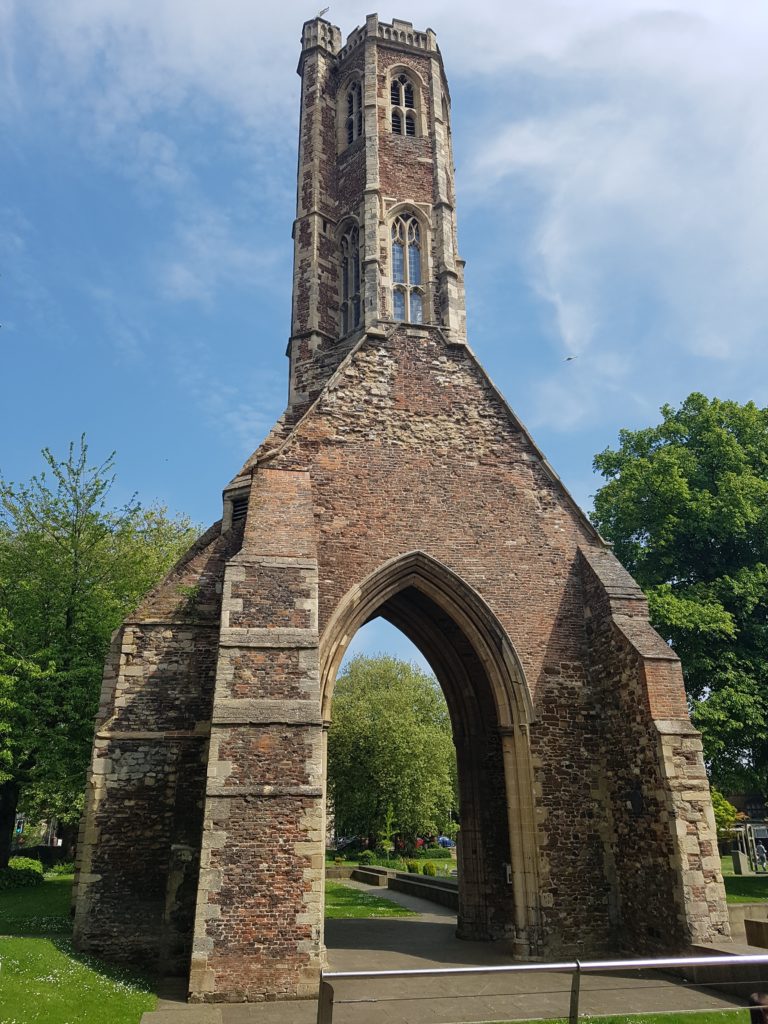
We took a long walk around the town looking in a couple of smaller shops, contemplated visiting King’s Lynn Museum, but decided to pass since it looked very small and didn’t seem to offer much. We stepped in for a quick drink in a local cafe, then moved on to our next stop.
Just North East of King’s Lynn is a tiny village called Castle Rising, overlooked by the aptly named Castle Rising Castle, a small castle with one of the largest keeps in England. The castle wasn’t much of a defensive or military installation, and was mostly used as a grand hunting lodge by the nobility, archaeological excavations around the site generally turn up a lot of deer bones.

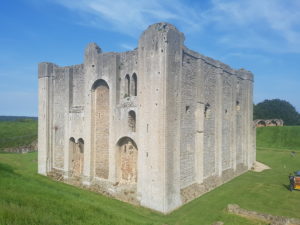
After the castle was abandoned by nobility, it was used “as a quarry” for the local area for a few hundred years, I think this was just a nice way of saying the local villages pillaged stone from all the walls, though they left the majority of the keep intact. It has been used over recent centuries as a constabulary, a gaol, and even a one-person lunatic asylum!
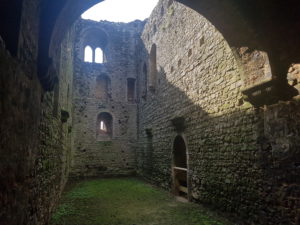
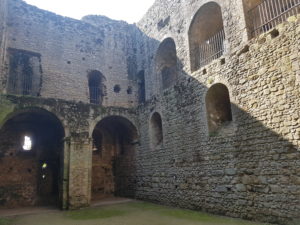
Isabella of France (also known as “The She-Wolf”) retired here after usurping King Edward II of England (her husband at the time) in 1326 then having her son Edward III take the crown in 1330, she lived lavishly here from 1330 until she died in 1358. During the four years that she was regent of England, she also managed to end a long-running war with the Scottish. Quite the eventful few years!
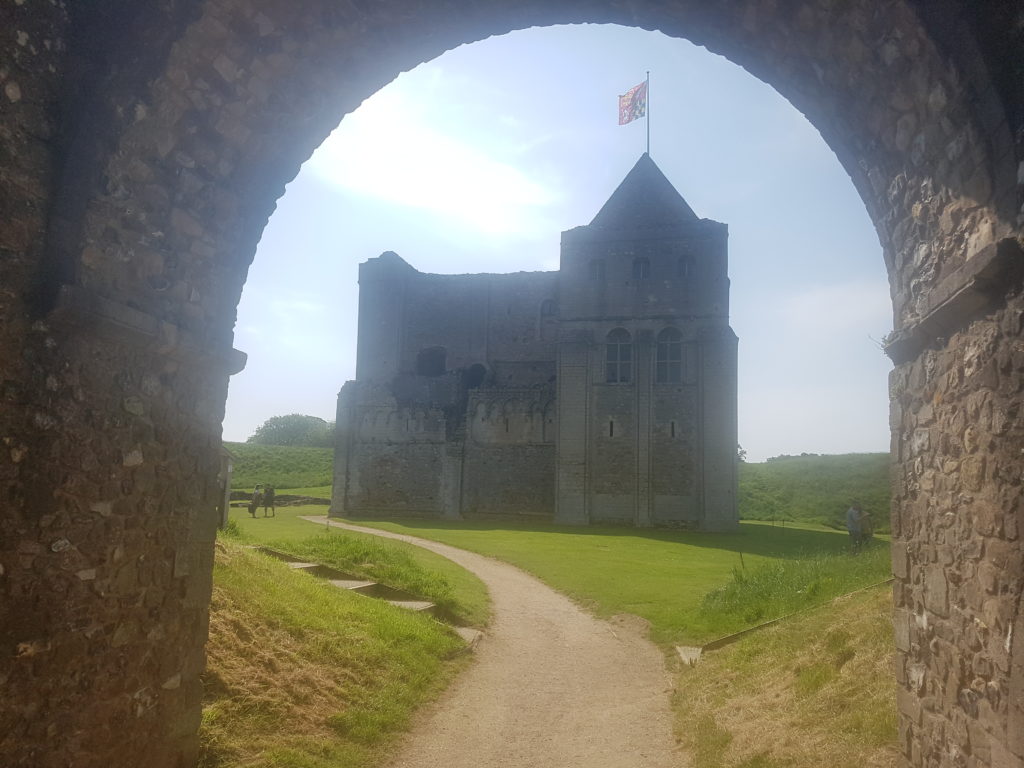
After a walk around the grounds, soaking up the sun, we visited the gift shop as usual, and I bought a miniature working catapult much to Helen’s dismay. When we got back to the car, I launched a pine-cone at her, but it only went about 30cm before falling back to the ground. She said she can’t take me anywhere and told me to get in the car! So I did, and we set off on our way back towards Cambridge, via another castle first, naturally.
Weeting is another very small village just East of Ely, on the edge of Thetford Forest Park, with a small castle hidden away behind a small housing estate. The castle is little more than a manor house, albeit a very grand one, that someone decided to dig an encircling moat for. It was never a fortified area, and was only used as a high-status domestic dwelling.
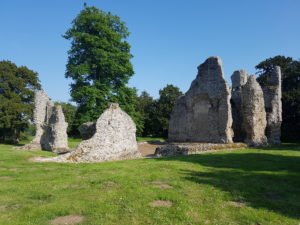
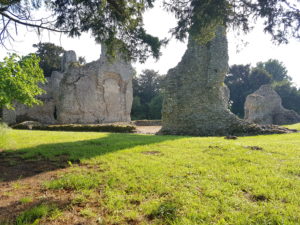
Just around 100 yards from the castle stood a lovely little church, St Mary’s, with a circular tower on one side flying the Union Jack.
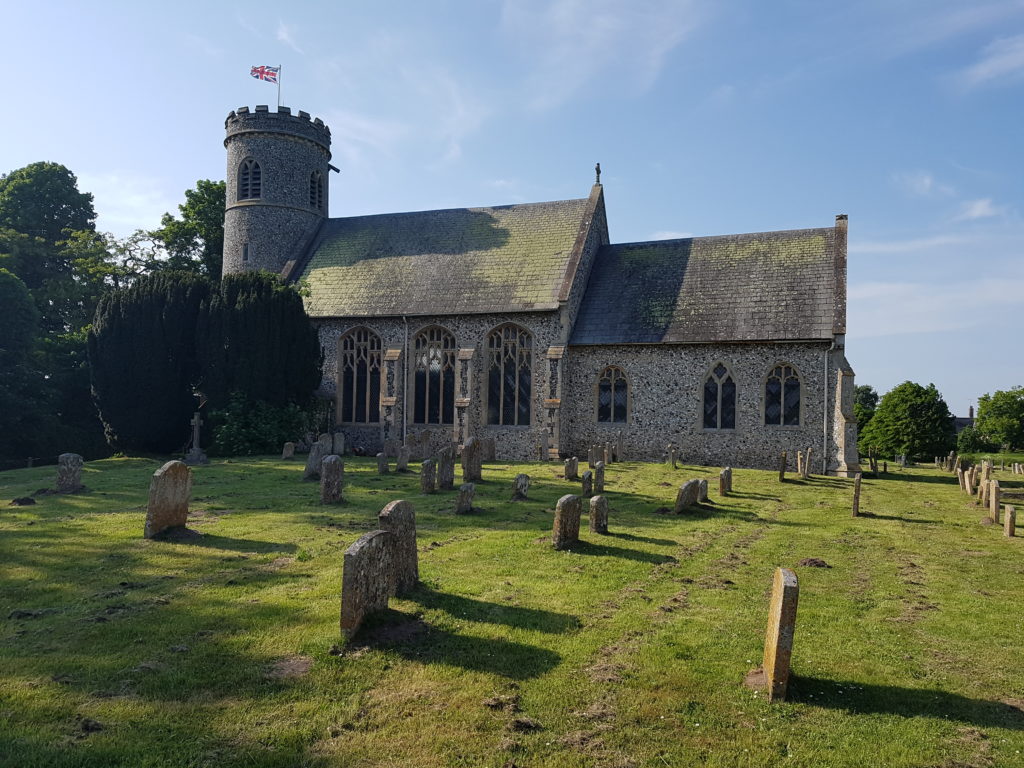
By this point it was coming up to dinner time, so we headed back towards our hotel in Cambridge. After a quick stop off at the hotel, we found a nearby American style restaurant called Rocker’s Steakhouse, which was very much like the Hard Rock Cafe, but a little bit quieter we thought. Old records and music memorabilia adorned the walls, and the food was great. We finally got to relax in the hotel room after dinner at around 9pm, looking forward to what the next day might bring.










That Isabella of France sounds like a woman to be reckoned with, bet she would sort Brexit for us.
I love the mini tower on top of the gateway in Kings Lynn. A good day’s touring, 1 cathedral, 1 friary, 2 castles and a burger!